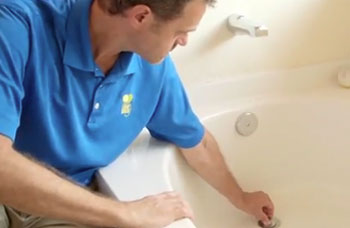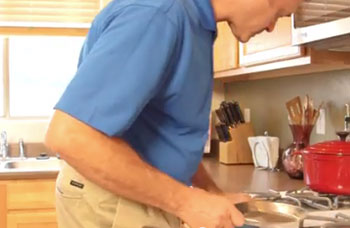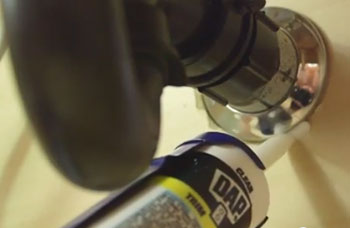Roach Types & Facts
Roach Facts
- Can measure over 2 inches in length; some tropical species are even larger.
- Typically nocturnal and remain in the dark whenever possible.
Roach Photos
-
 Female German Roach with Egg Capsule
Female German Roach with Egg Capsule - View More Photos
Roach Infestation
A very common pest, cockroaches inhabiting buildings are nocturnal and remain in the dark whenever possible, only emerging to search for water and food. Large infestations should be suspected when cockroaches are seen in the open or in the light during the day. Cockroaches have lived off the bare essentials with few changes since their creation millions of years ago. Cockroaches have become such widespread pests because they thrive on very little. Contrary to popular belief, they aren’t simply attracted to messy households, although that will extend their stay. The insects require three things: water, food, and warm shelter.
Roaches are not social insects, but during the day they can be found in groups hiding in what is called a harborage – under stoves, refrigerators, cabinets or in crown molding. Cockroaches typically prefer damp, warm places and usually develop in garages, sewers, attics, storerooms and similar locations, and then enter the home from outside breeding sites. Your home is an ideal breeding ground for certain pest species of cockroaches. With plenty of food, warmth, water and nesting sites, they can remain active all year round. Cockroaches reproduce quickly. For every one you see there can be many, many more hiding and multiplying behind your walls. Outside, cockroaches can be found in leaf litter, mulch, under vegetation, in tree holes, and in palm trees.
Because cockroaches typically are nocturnal, if you’ve seen one, you probably haven’t seen them all. The few cockroaches you see by day could mean they were likely forced out by overcrowding; a possible sign of severe infestation. Cockroaches tend to prefer to live in dark, moist, sheltered places during the day and come out to feed at night. Because they can flatten their bodies to fit into narrow areas, cockroaches may also be found hiding beneath rubber mats, behind wallpaper and within wall cracks. Some adults can grow fairly large, but can shimmy through slits as thin as 1/16 inch.
Cockroaches can get into the cleanest of living spaces because in most situations, we unknowingly bring them home. Cockroaches can be found behind refrigerators, sinks and stoves, as well as under floor drains and inside of motors and major appliances. If you can’t find any of the insects during the day, check cupboards and pantries for their droppings as cockroach feces will be visible during an infestation. Small roaches produce feces that are black and resemble coffee grounds or black pepper, while larger roaches expel black or brown cylindrical droppings that have ridges down the side. The quantity of visible feces is oftentimes a good indicator of the level or duration of infestation. Cockroaches are better at hiding than you are at finding them, and their eggs are naturally protected from many over-the-counter insecticides. Without special equipment, materials and know-how, cockroach control can be a losing battle.
Some species emit unpleasant smells. In the event of serious infestation, a strong oily or musty odor may be present. The bodies of dead cockroaches can also be found throughout the house. Oval-shaped egg cases are sometimes visible behind furniture and in other hidden locations, such as the spaces between books. In most situations, cockroaches are not likely to bite living humans, except perhaps in cases of extreme infestations where cockroach population are large, especially when food becomes limited. Ordinarily, pest control would be contacted before the populations reach these levels.
Additional Information
- What Are Roaches?
- How to Get Rid of Roaches
- Roach Health Concerns
- Roach Photo Gallery
- Roach Video Gallery


